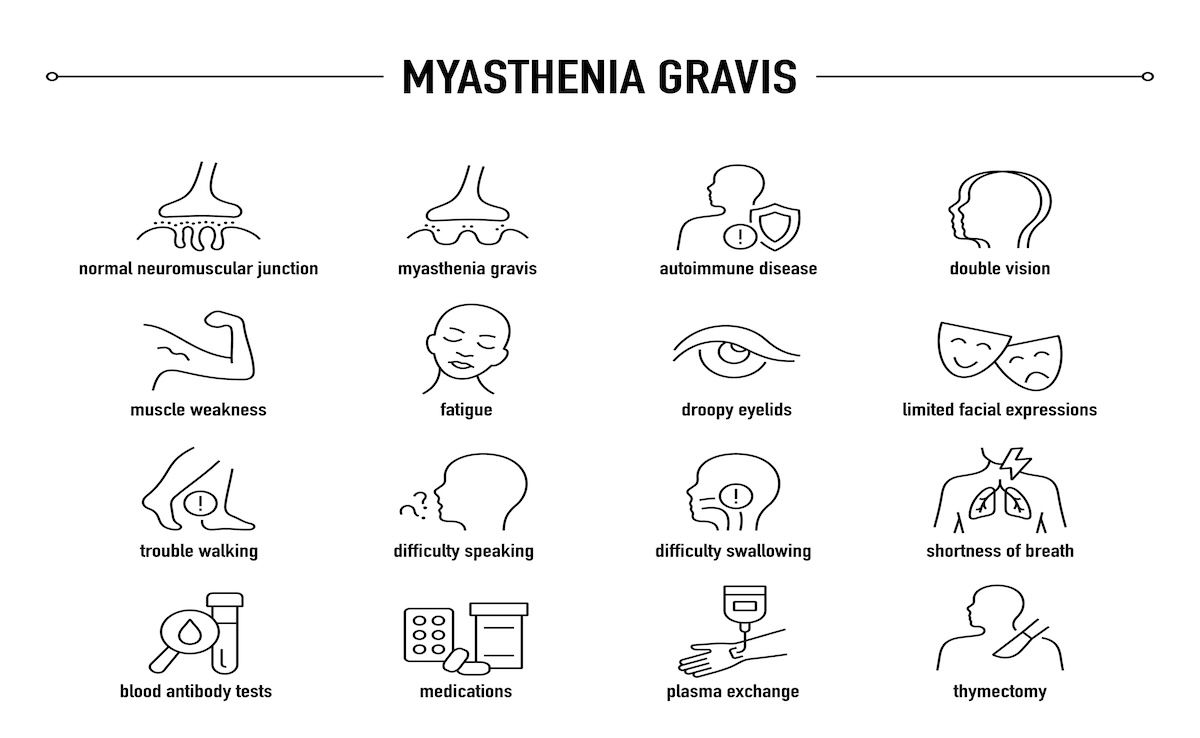Commentary
Video
Advancing Health Equity in the Workforce: Kimberly Westrich, MA
Author(s):
Employers have a unique role in helping to close health equity gaps among employees and their families, explained Kimberly Westrich, MA, chief strategy officer at the National Pharmaceutical Council.
As a primary source of health insurance for working-age Americans, employers are uniquely positioned to address health inequities affecting their workforce and their families, according to a recent study by the National Pharmaceutical Council (NPC).
Therefore, it is important to understand how structural factors—including racism, implicit bias, and affordability barriers—intersect with benefit design and health system performance and how employers can drive meaningful change by adopting equity-focused strategies, advocating for transparency, and fostering more patient-centered care, explained Kimberly Westrich, MA, chief strategy officer, NPC.
This transcript was lightly edited; captions were auto-generated.
Transcript
What are the most significant barriers employers face in implementing health equity initiatives within their workforce, and how can they effectively overcome these challenges?
Employers provide coverage for over half of Americans, so they have a lot of influence on inequities in the workforce, and understanding where the disparities exist and what the root drivers are is key to having an impact on inequities in the workforce. There's 3 ways that employers can start to address these barriers: they're analyzing the available evidence, gathering insights from employees, and employing a systems-based approach. Let's talk about each of those 3 things.
First, with the analysis, employers should ideally identify their benefits enrollees, medical and pharmacy data, and look at analysis by race, by ethnicity, [and] by wage category, and that can provide some objective evidence about where the disparities are happening. Claims analysis will start to tell us where these disparities happen, but what they can't tell us is what are the root drivers causing those disparities.
You start with the analysis, and then the second thing is moving to actually gathering the insights from the employees themselves, which can start to provide some information about the drivers. You can have qualitative data with focus groups; you can make sure that you've got people that are in those different race/ethnic wage categories to provide real-world impact and information about what is driving the disparities. Going through a process that includes the employees can be very informative for understanding what these drivers are.
The third thing is having a systems-based approach to doing this. It's a marrying of the 2. The data-driven approach, the information that comes from the employees, and to have the system with strategic planning activities that are based on all the stakeholders who are involved. Because you don't just have the patients, you don't just have the employer who is selecting the benefits design, but you've also got clinicians that are involved and health systems that are involved. Bringing all those people together to look at the combined information from the quantitative analysis, from the qualitative employee insights will give us the tools to start identifying the disparities and beginning to address the root drivers.
How can employers best leverage employee-reported data on health care access and utilization disparities to drive meaningful and measurable improvements in health equity?
Employers can best leverage the employee-reported data by marrying it with insights from claims data. If you analyze claims data to look at the racial, the ethnic, the wage-based subpopulations, it can help you understand some of the disparities and the drivers. The employee-reported information is critical for understanding the root drivers or the root cause, because that's not information that can come out of the analysis of the claims data.
Once this information is in the hands of the employers, they can start to think about the different ways that they can design their benefits to start approaching some of these drivers, and some of the things that they can do is to design their employee health benefits with the disparities in mind. Some of the things that are potential options are value-based insurance design. They can partner with vendors and health plans that have programs that are designed to improve workforce equity, and they can engage in advocacy with the health systems. There might be situations where they would like to make a change in health benefits and they're not able to make that change, and advocating for those changes can be helpful as well.
The other thing that employers can do is to put in place an evaluation program. Sometimes you make changes, and you don't know if it's helping to have a clear evaluation program to look at the impact of any benefit design changes that the employer makes. Are they working? Are they moving things in the anticipated direction? They can share information with employees. What are they doing? What impact is it having? Employees need that 2-way communication to know where their employer is taking steps and aiming to meet their needs.
They can also work with their health plans and their vendors to make sure that everyone is part of the solution, that they're sharing accountability for the places that we have inequities and disparities, and [have] systems putting programs in place and measuring those programs to ensure that we're moving along the spectrum towards greater equity for everyone.

Navigating Sport-Related Neurospine Injuries, Surgery, and Managed Care




